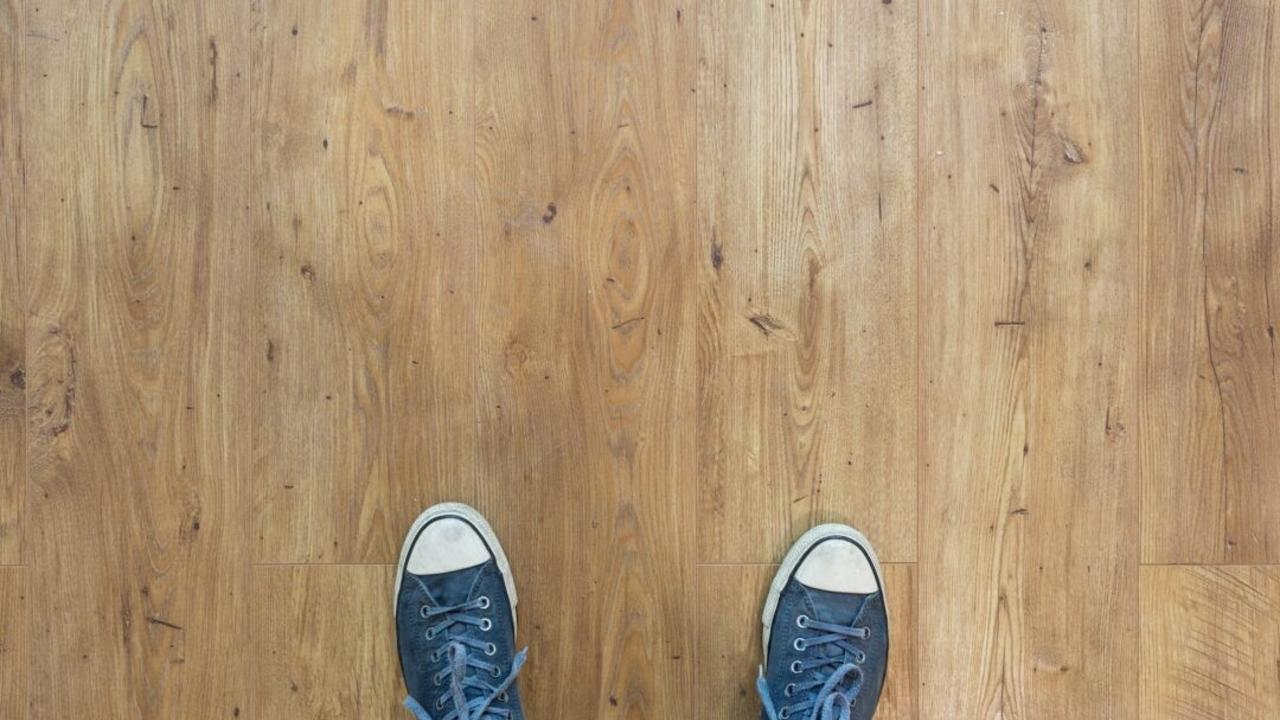Reader Questions - Noisy Floors
Oct 27, 2014
Dear Kelly,
I purchased my condo last year. As of this year, I suddenly started hearing my upstairs neighbor’s footsteps when he walks across his condo (sounds like heavy footsteps). I also hear creaks and cracking that can be attributed to a hardwood or similar flooring. My CC&Rs state that upper units only permit carpeting and vinyl flooring. I suspect my neighbor has installed some sort of flooring other than the approved carpet/vinyl. The problem is that I’m not 100% sure of this. Is there anything that I can do?
Thanks,
P.K., San Diego
Dear Kelly,
My wife and have lived on the ground floor of a three story condo building for nearly 17 years. We never heard noise from our previous upstairs neighbors. When the upstairs unit sold, our new neighbors installed a new hardwood floor, and we can hear every footstep booming through our ceilings. I asked our HOA board if our upstairs neighbors submitted an application for architectural approval before they remodeled. I was told that an application is not required for interior remodeling. It sounds to me like our upstairs neighbors did not install any acoustic insulation between the subfloor and the hardwood floor. Doesn’t the HOA board have some responsibility to make sure that architectural modifications are done in compliance with building codes? I’m sure that our neighbor is violating acoustical standards.
Best Regards,
J. N., Whittier
Dear P.K. and J.N.,
Condominiums are essentially an apartment which you own, and are built under the same basic building code requirements as apartments. Therefore, although most homebuyers expect their condominium to be quieter than an apartment, it might not be. Wood frame buildings are hard to soundproof between floors, and installing hard flooring can create problems for neighbors underneath. Some developers have wisely included CC&R restrictions regarding such floors, either banning them, limiting them over sleeping rooms, or including minimum sound buffering standards.
Unfortunately, a very large percentage of condominium buildings, new and old, do not have noise limiting restrictions, and so neighbors can innocently create problems for neighbors below when they install such floors without sound suppression measures. This frequently creates major disputes, as one homeowner’s often expensive upgrade to the appearance of their home makes their neighbor’s home noisier.
Multi-story (“apartment style”) wood frame building condominium associations need restrictions on hard floors, protecting neighbors from creating a nuisance to other neighbors. Such a restriction is best included in the CC&Rs, which require a membership vote to amend. Owners of existing hard floors can be “grandfathered,” but should be warned they still are at risk of noise complaints and should consider modifying their floors to be quieter. In P.K.’s situation, the board and neighbor should be contacted to confirm if the floor was changed.
Owners of hard (and noisy) floors in associations without such a restriction are not protected. The neighbor below might complain or even sue, claiming the unreasonable intrusion of noise into their home is a nuisance. These conflicts are always very unpleasant, and neighbors should try hard to avoid them.
I am told by acoustic experts (who help associations create standards) it is practically impossible in a wood building to make completely quiet floors, so association standards and resident expectations must be balanced and reasonable.
Thanks and good luck,
Kelly

Written by Kelly G. Richardson
Kelly G. Richardson Esq., CCAL, is a Fellow of the College of Community Association Lawyers and a Partner of Richardson | Ober | DeNichilo LLP, a California law firm known for community association advice. Submit questions to [email protected]. Past columns at www.hoahomefront.com. All rights reserved®.





